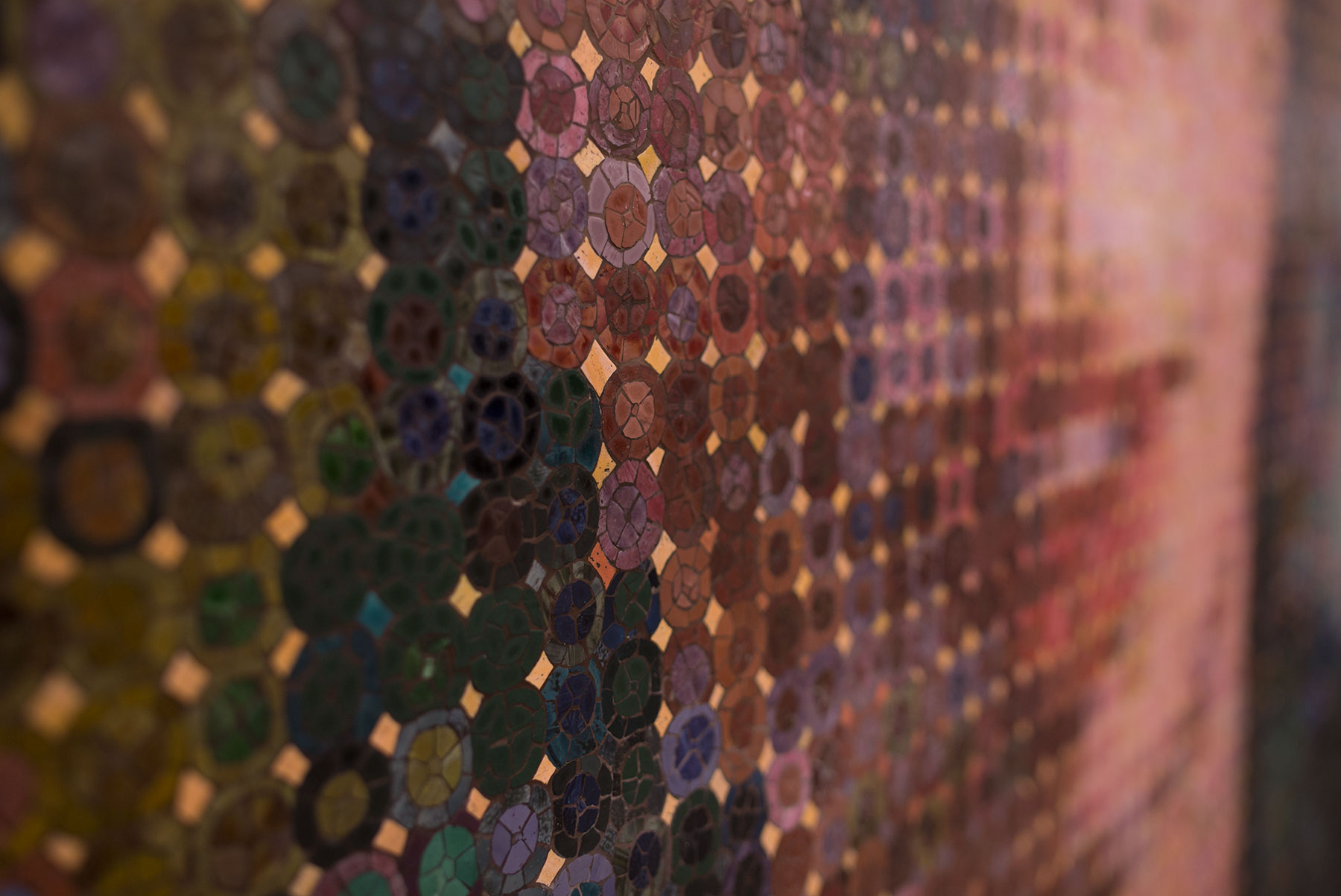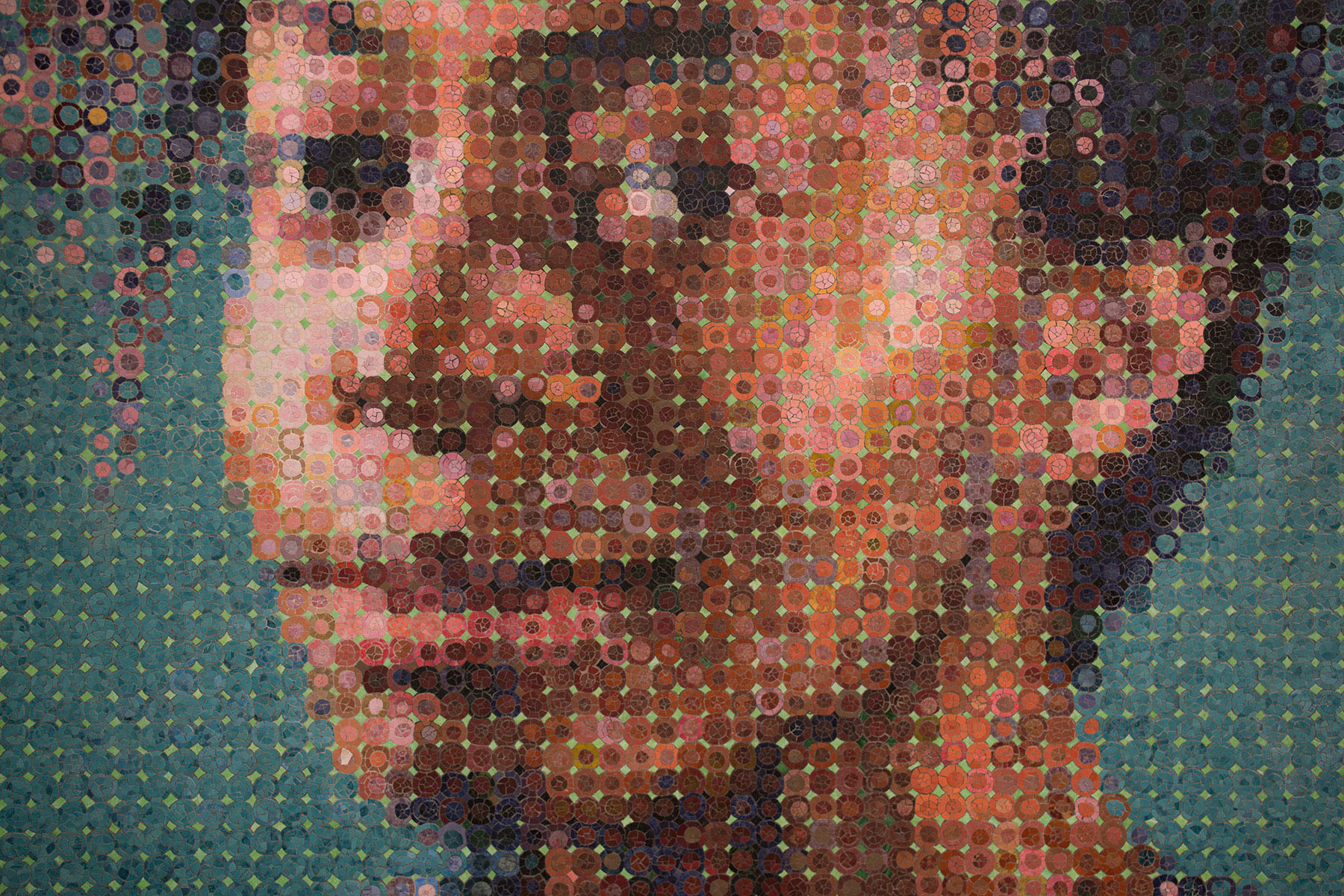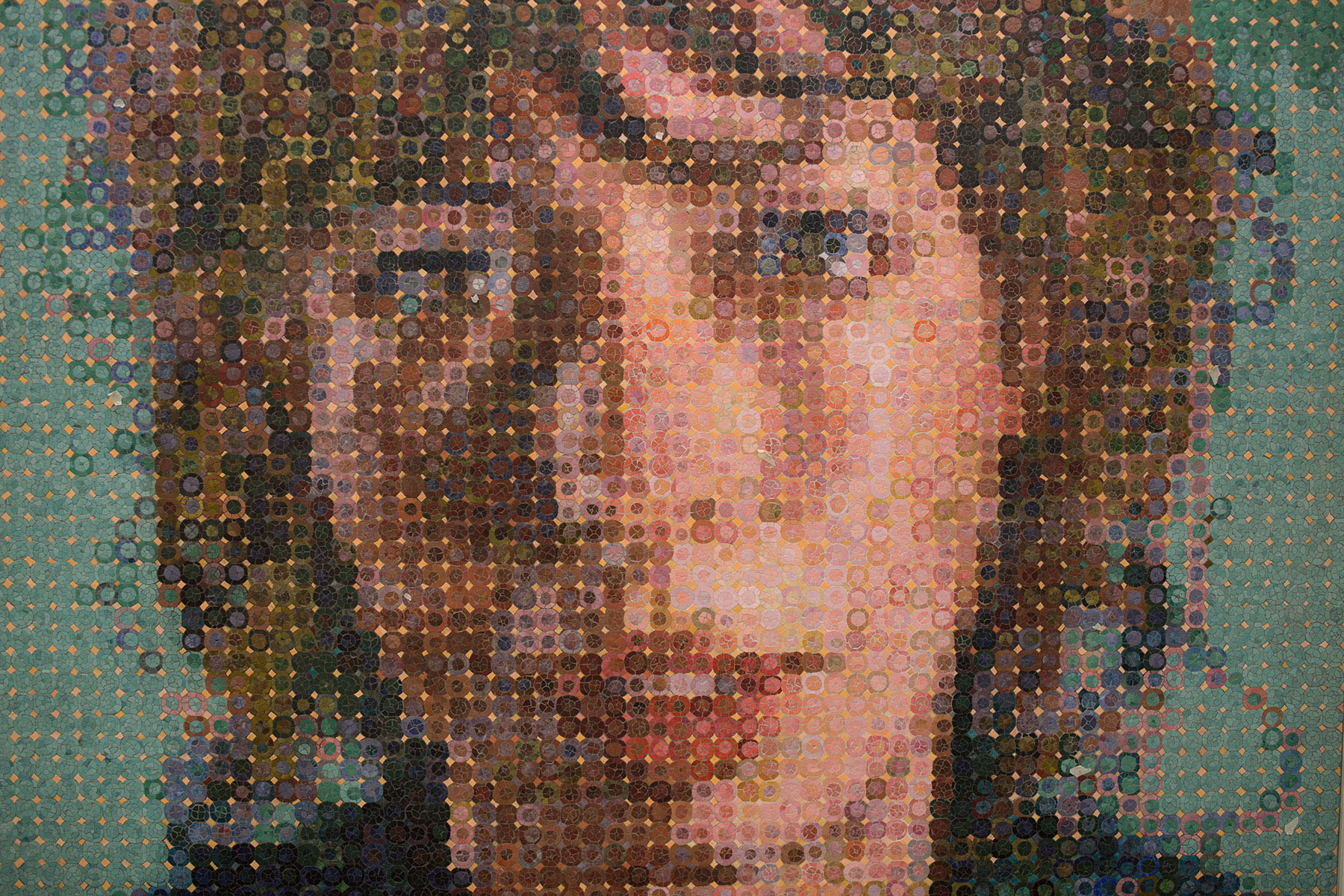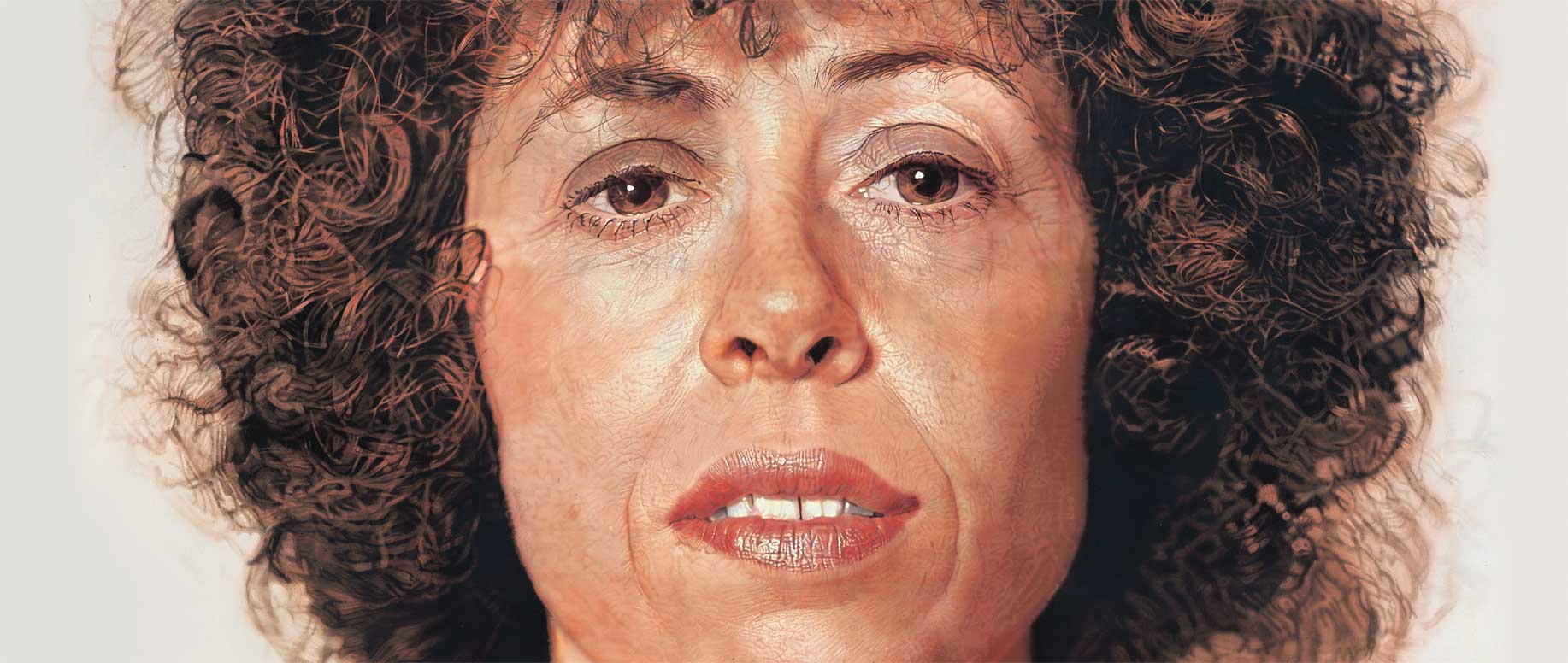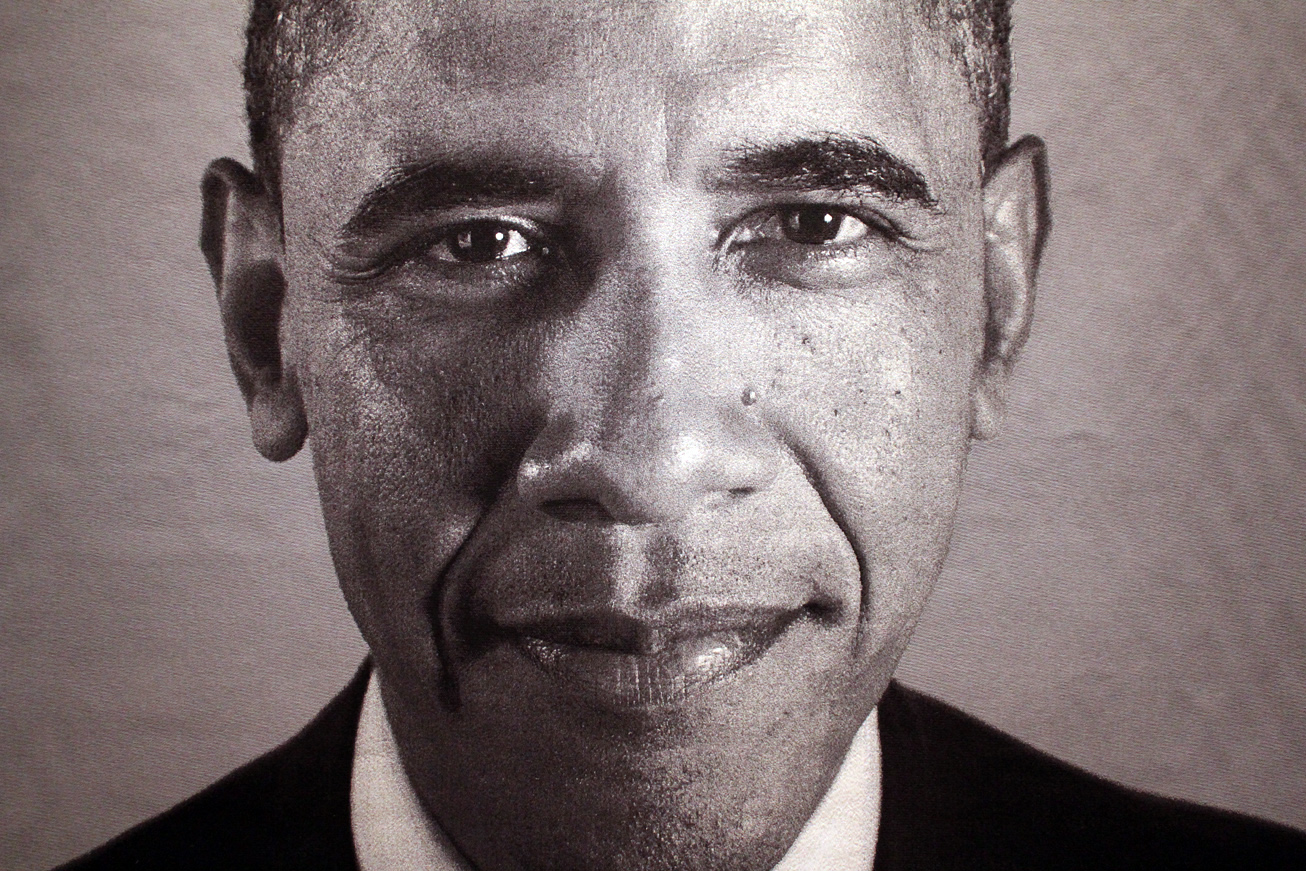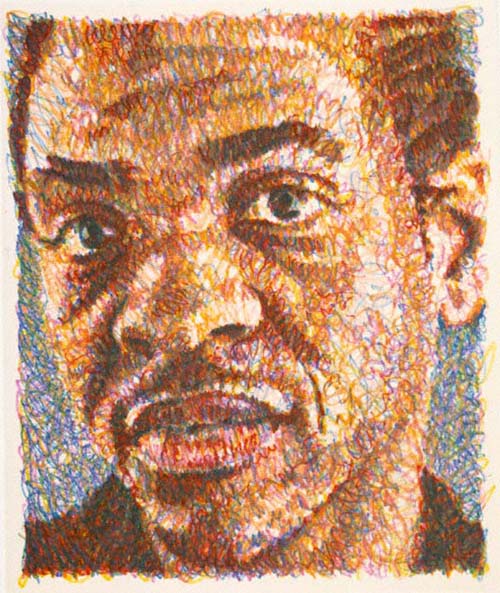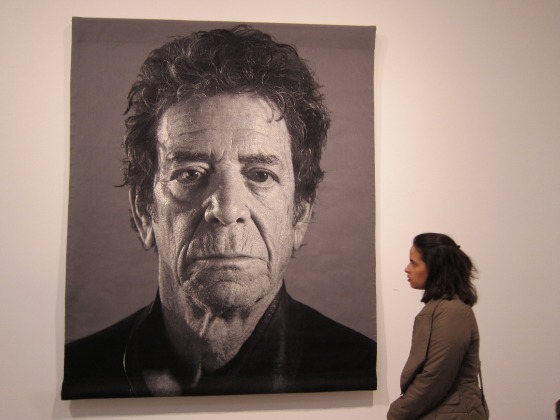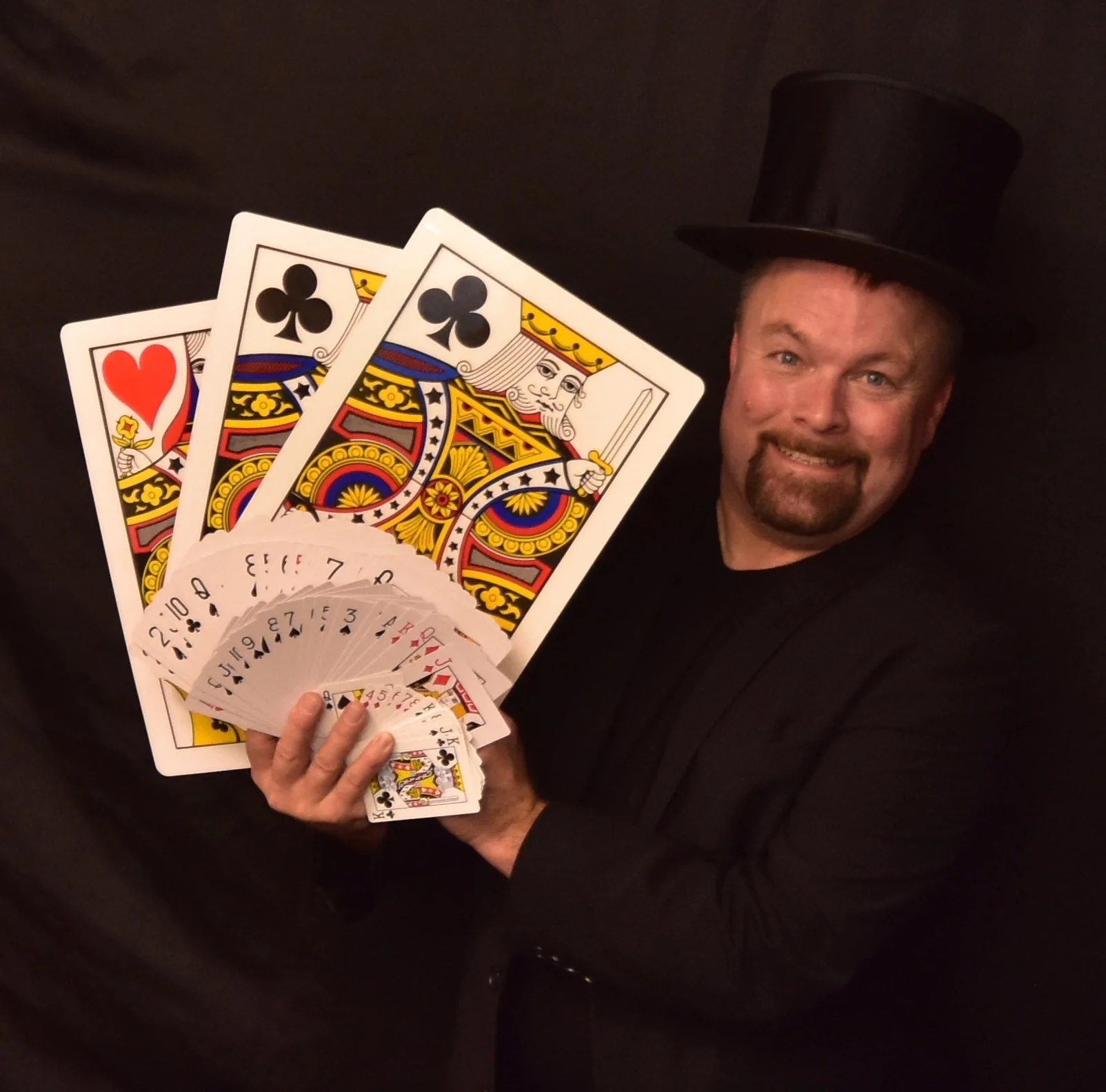Chuck Close: Controversial Art Genius
Before he painted Barack Obama or Bill Clinton or Kate Moss, before the honorary doctorates and New York art scene accolades, artist Chuck Close was a kid doodling in his Everett bedroom.
As Close grew up in a mill town there was little indication that he would become one of the most famous visual artists of the 20th Century.
His father died when he was young and he was raised by his single mother. As a young man he struggled with chronic physical illness and learning disabilities that kept him from excelling in most academic subjects.
Young Chuck poured himself into visual art, inspired by a Jackson Pollock exhibit he had seen.
Portrait of the young artist with monkey.
He drew a lot. Art was his solace and outlet.
"It was the first thing I was good at... art saved my life," Close later recalled. "I was in the eighth grade and was told not to even think about going to college. I couldn’t add or subtract, never could memorize multiplication tables, was advised against taking algebra, geometry, physics, chemistry. Since I was good with my hands I was advised to aim for trade school, perhaps body and fender work. Never let anyone define what you are capable of by using parameters that don’t apply to you."
Close graduated from Everett High School, then Everett Community College (formerly Everett Junior College) with an associate of arts degree, before transferring to the University of Washington. From there he went on to Yale.
He wanted to paint.
Close paintings on display at the National Art Gallery. The gallery has indefinitely postponed a Chuck Close exhibition due to allegations of sexual harassment.
INNOVATIVE ART
At the University of Washington, Close’s art professor Alden Mason introduced Close to the world of cutting-edge New York art. Seattle in the early 1960s was still somewhat isolated, and the region was dominated by a group of painters called the Northwest Mystics. Close began studying East Coast painters and copying their techniques.
Though he created a variety of visual art early on, Close became known for his enormous portraits, based on photographs that he had taken.
The portraits are larger than life. They are intimate, beautiful, and unsettling. Often the subject of the painting is photographed slightly from below so that the finished painted figure seems to loom over the viewer.
“Almost everyone [I paint] has some trouble dealing with these nine-foot-high images of themselves. It’s difficult for people to accept how they look. ”
Throughout his career Close has continued to explore the complexity of human faces and the emotions that portraits can evoke. In part, this exploration is due to Close’s condition of prosopagnosia, or “face blindness.” Painting large faces helps him to better remember the visages of the friends and family members who have served as his models.
That his models are people he knows is key. His portraits “work” emotionally for the viewer because they are not objective renderings; Close’s subjective knowledge of his chosen personas is translated into the paintings. The emotion and backstory of each character are latent within the composition.
Throughout his career Close would often revisit the same faces over and over, rendering them anew in various media— mezzotint, woodblocks, watercolor, tile, and more.
His method of breaking up the complexity of the human face into a grid prefigured pixelization and digital printing technology.
"Subway Portraits"(Cecily and Kara) – 2016 – 86th St. & 2ND Ave. Subway, NY, New York. Materials: tumbled Byzantine smalti.
LATER CAREER
In 1988 Close suffered a seizure that left him paralyzed from the neck down. He later regained partial mobility in his arms and legs. He has continued producing art by using a paintbrush attached to his wrist.
Close continues to work until this day. Two years ago he had a show at the Schack Art Museum in Everett.
He has recently come under scrutiny and has been denied participation in art shows after two women came forward with allegations of sexual misconduct against Close. The artist first denied these allegations and has since offered a public apology through comments published in the New York Times.
The accusations have tarnished Chuck Close's image for now, and most likely will indefinitely. It remains to be seen if his career can recover from these allegations in the era of #MeToo.
While the artist's future remains uncertain, one thing is certain: he's come a long way from his childhood drawings in Everett.
Can art change lives for struggling students?
Chuck Close seems to show that it can.
LIKE ART? VISIT THE SCHACK ART MUSEUM
& THE BLACK LAB GALLERY.
LIKE EVERETT ARTISTS? CHECK OUT CAROL KAYE
& KENNY LOGGINS.
Richard Porter writes for Live in Everett.




